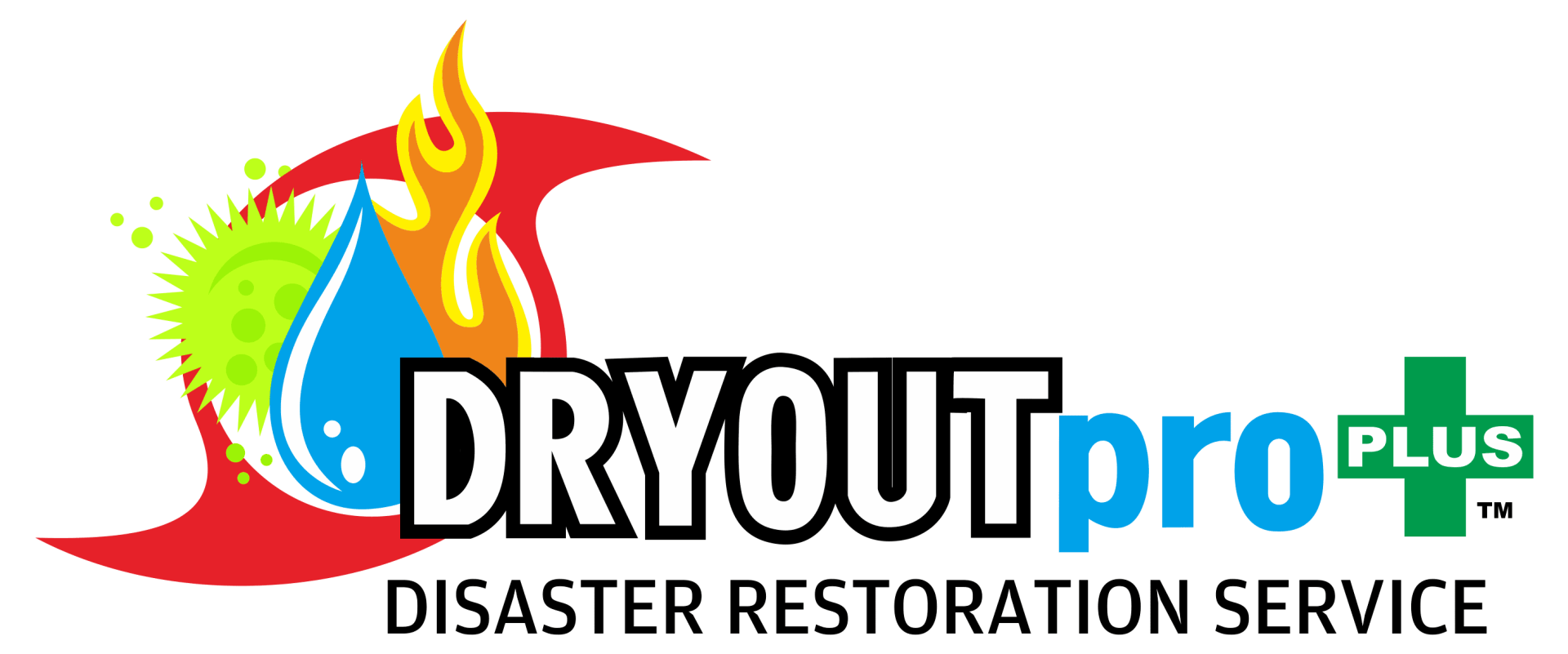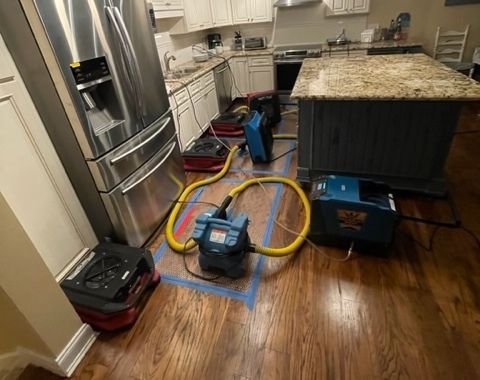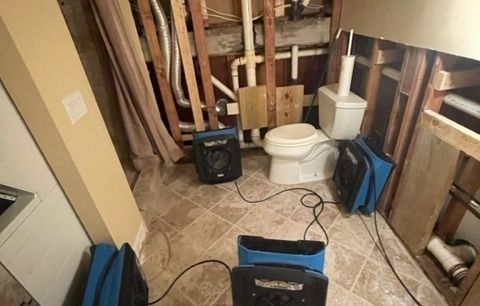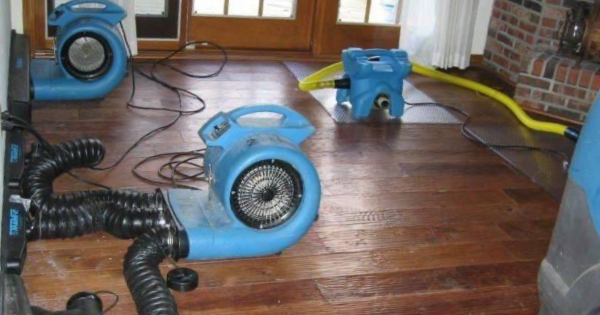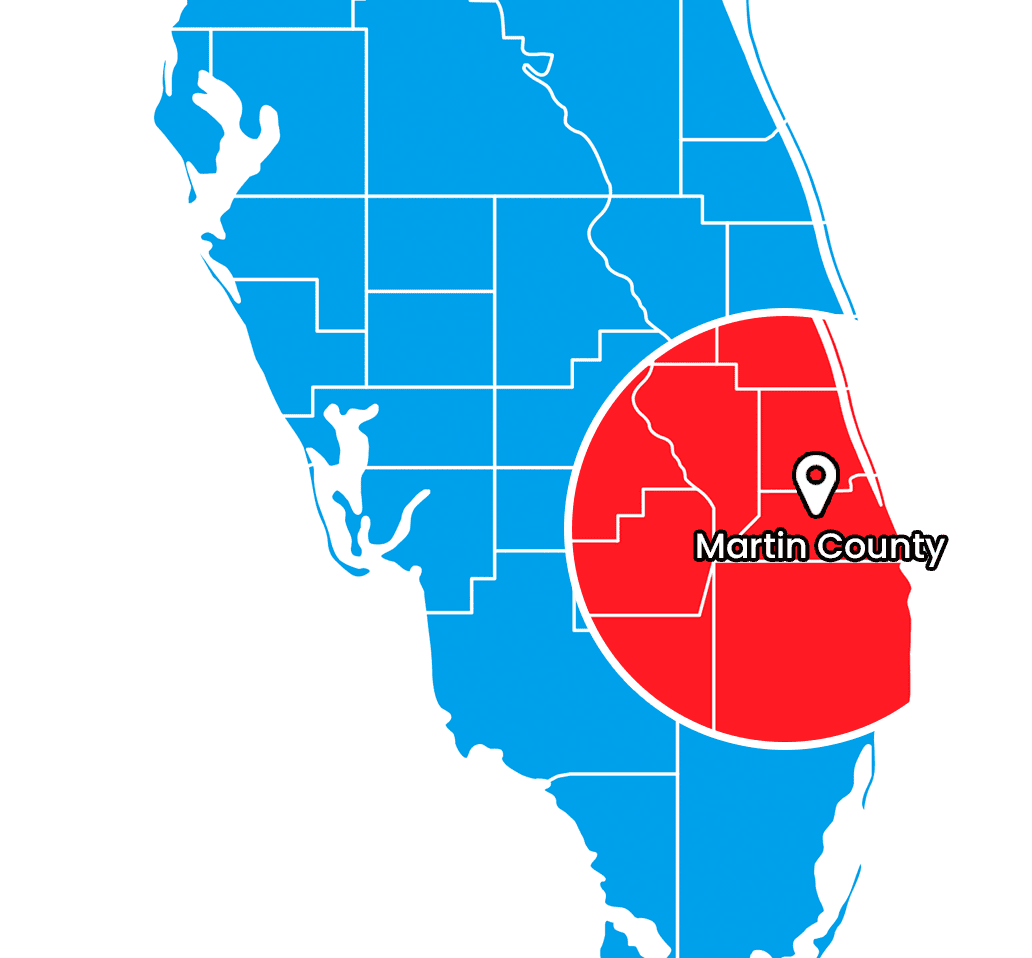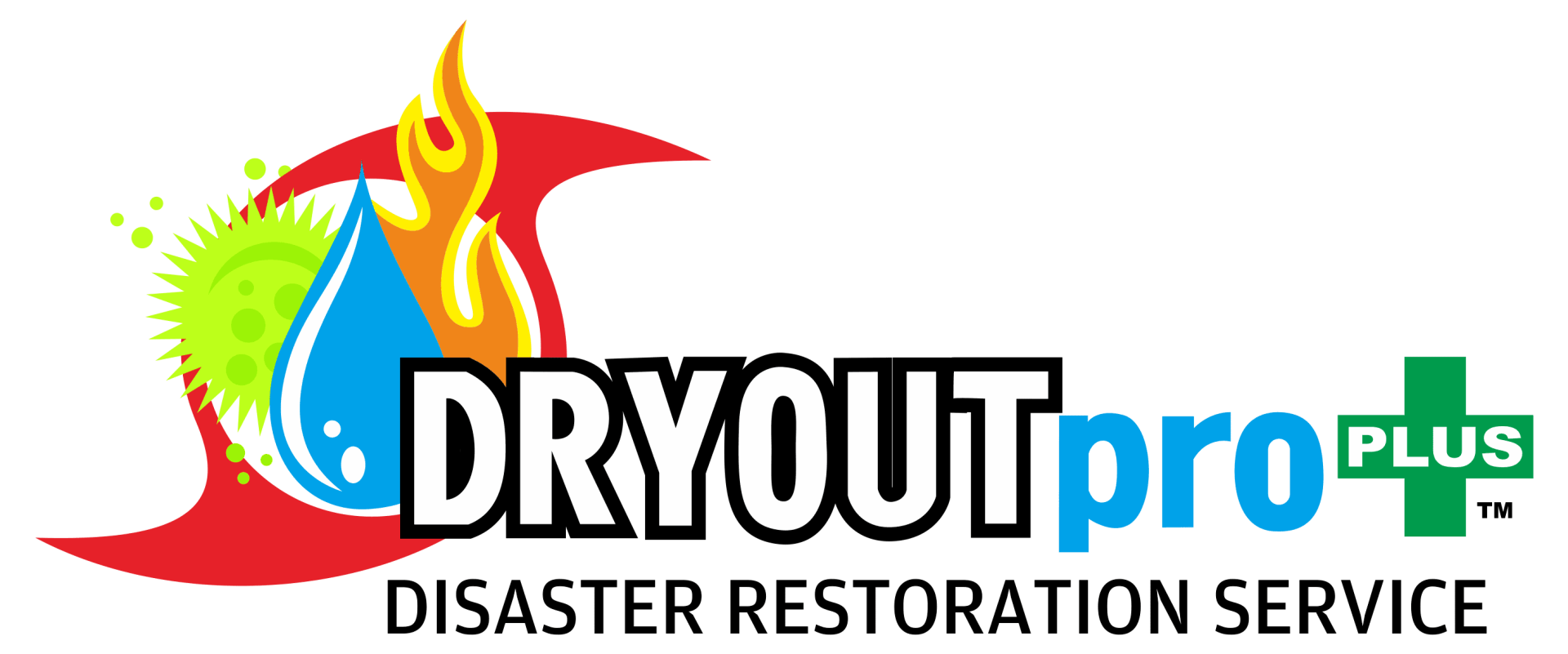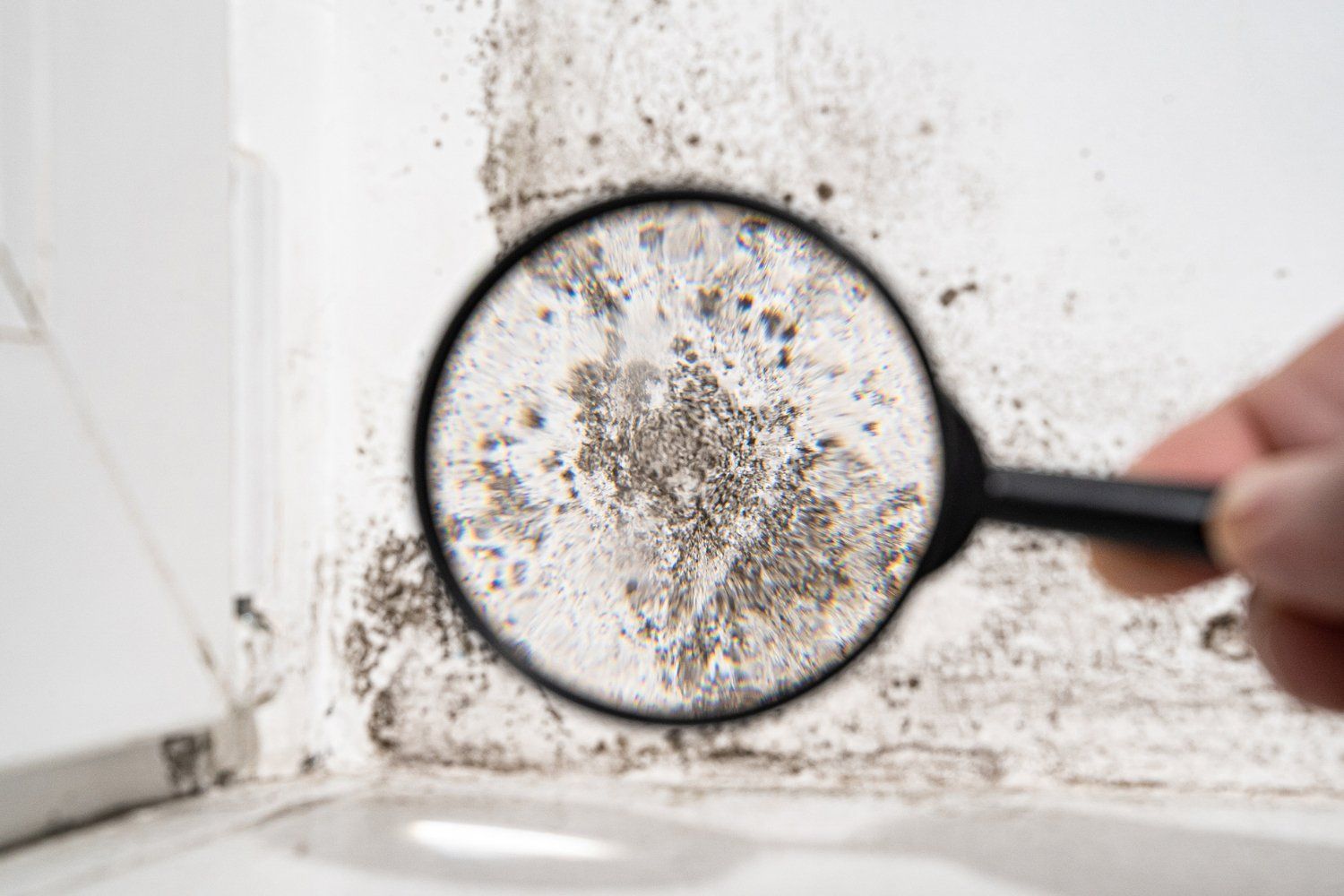
10 Mold Prevention Techniques for Your Property
October 18, 2021
Mold is a serious issue and one that should be taken seriously. It can cause health problems for people who are allergic to it, and it can also cause damage to property. That's why it's important to take steps to prevent mold from forming in the first place. If you've found mold in your home or office, the best thing to do is contact a professional mold remediation company like DRYOUTpro INC. to get rid of it but if you want to prevent mold from forming in the first place here are the 10 mold prevention techniques for your property that you should know.
10 Mold Prevention Techniques You Should Know
- Eliminate Clutter: The first mold prevention technique is to examine your belongings and reduce the amount of clutter in your home. Clutter obstructs circulation and makes it difficult for your HVAC system to circulate air. Condensation is caused by furniture and drapes that block supply grilles. All of this moisture in your house generates microclimates that encourage and feed mold development. So get rid of whatever you don't love or utilize. To keep air moving, keep furniture away from vents and grilles. On humid, hot days, run a couple of fans to keep the air circulating.
- Control Indoor Climate:
Mold problems are more common during hot, humid summers when you're inclined to turn on the air conditioner. However, if you set the thermostat too high, your air conditioner will not properly dehumidify the air; if you set it too low, you will produce chilly surfaces where water vapor can condense. The second mold prevention technique is to set the thermostat to 78 degrees F to avoid moisture issues and improve energy efficiency.
- Shut Windows and Doors When AC Is On: When you open windows and doors, you let air conditioning leave, lose money, and let humid air into your cooled house. This results in condensation, which mold adores. The third mold prevention technique is to keep doors and windows closed when the air conditioner is running. Another mold prevention technique is to keep your house at approximately 80 degrees Fahrenheit whether you're on vacation or at work. Too frequently, we raise the thermostat to 85 degrees Fahrenheit or turn off the air conditioning when we leave the house. This boosts the warmth and humidity, creating an ideal environment for mold.
- Properly Size Your AC Unit: The fourth mold prevention technique is to ensure that your air conditioner is correctly suited for your home. If it is too small, the unit will constantly run, raising costs but not the temperature; if it is too large, the unit will constantly start and stop, wasting energy as well. Install a perfectly sized HVAC unit. Contact an HVAC specialist for assistance.
- Monitor Humidity:
The fifth mold prevention technique is to get an interior humidity monitor, which will help you maintain track of moisture levels that, ideally, fall between 35 and 50 percent relative humidity; in highly humid areas, readings closer to 55 percent may be required during the height of summer. However, once you reach 60% relative humidity, it's important to seek for the source of the extra moisture; over 70% relative humidity, certain mold species can begin to thrive.
- Evaluate Your AC: The sixth mold prevention technique is to ensure that the condensate drain pipe (the narrow white hose protruding out the side) is leaking frequently. If it isn't, the pipe has become clogged, and water may be collecting within the unit or on your floor. If you suspect a problem, contact your HVAC technician. To avoid obstruction and mold development, throw a cup of bleach mixed with water down the drain yearly.
- Look for Standing Water: If the air conditioner isn't the source of the problem, look for standing water or persistent dampness that's raising indoor humidity and creating a breeding ground for mold. Check for puddles or moisture near hot water tanks, sump pumps, freezers, refrigerators, doors, and windows as the seventh mold prevention technique. Examine crawl areas for signs of ground water wetness or foundation leaks.
- Cover Your Crawl Space Floor: Every day, groundwater seeping into crawl spaces may introduce gallons of moisture vapor into your home. The most basic protection is to cover the crawl space flooring with a plastic vapor barrier, such as 6 mm polyethylene (landscapers' plastic), which retains moisture in the ground. If you crawl in your crawl area on a frequent basis, select a thicker plastic that won't rip as easily: There are around 20 million plastic covers on the market.
- Add a Dehumidifier: A dehumidifier is a device that removes excess moisture from the air. You may purchase a whole-house dehumidifier ($1,100-$1,800) that connects to your furnace, treats the air throughout the home, and connects to a drain, eliminating the need to empty a tank. If you reside in a high-humidity location, a whole-house system is the best option. When the storage tank is full, most versions include an automatic shutdown that prevents the device from overflowing. Some portables include a hose connection that automatically directs water to a nearby floor drain.
- Call a Professional: If you can't locate the mold problem on your own or aren't sure how to fix it, contact a mold prevention and remediation company. Examine certifications from a well-known industry group, such as DRYOUTpro PLUS.
A Mold Remediation Company Serving Florida
Contact DRYOUTpro PLUS, INC. at (772) 288-4222 today for 24 hour water cleanup, fire damage restoration, or mold remediation along with any of our other services or get an instant quote from our website. Our mold remediation company will get to you and help you for mold prevention in your home or business in 30 to 60 minutes.
Learn More About Mold Remediation Process: How Does it Work?
